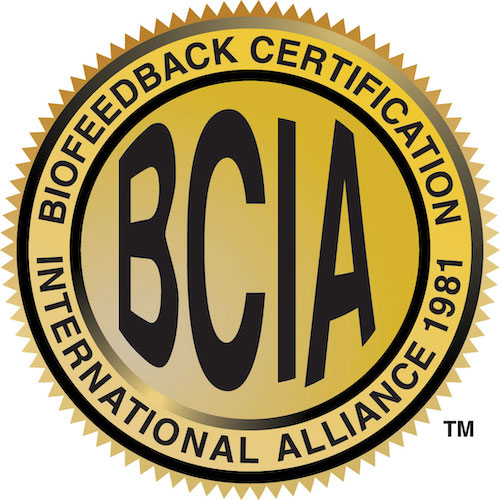- Home
- About Us
- Certification Programs
- Modalities Comparison Chart
- Biofeedback
- Neurofeedback
- HRV Certification/Certificate
- Pelvic Muscle Dysfunction Biofeedback (PMDB)
- International
- Find a Practitioner/Mentor
- Certificants
Event Calendar
|
Detection of Isolated Epileptiform Discharges in the EEG: The Most Undervalued Service that qEEG Professionals Provide
Friday, September 29, 2023, 12:00 PM - 1:00 PM EDT
Category: Events
Hosted by: The International Society for Neurofeedback & Research (ISNR)
To register: CLICK HERE Course Description: The WHO estimates that more than 50 million people live with epilepsy worldwide. In the US alone, 1.2 % of the population or about 3.4 million people have epilepsy. The sole reason that an individual would normally receive a referral to a hospital or a neurologist for epilepsy screening is if someone has witnessed that they have had a motor seizure. However, it is not uncommon for qEEG professionals to detect isolated epileptiform discharges (IED’s) during routine EEG assessments in the absence of a history of motor seizures. Almost all isolated epileptiform discharges can be contributing factors to neuropsychiatric presentations with cognitive, emotional, or behavioral symptoms like ADHD, ASD, psychosis, and emotional dysregulation. Along the lines of psychiatric medication management, one of the presenters (Dr. Swatzyna) suggests that “EEGs offer augmented intelligence” to help psychiatrists make more accurate evaluations based on the presence of IEDs in the patient’s EEGs. For these reasons, qEEG professionals provide a unique and valuable service to their clients when they discover isolated epileptiform discharges associated with presenting symptoms in the absence of motor seizures. Referral to medical professionals such as neurologists and epileptologists helps the client to gain access to medical treatment and medication management that would otherwise not have been warranted. Knowing when to refer out for epilepsy screening is another criterion for all qEEG professionals to acknowledge and practice in their clinical responsibilities. Along these lines, we all need to establish more cooperative relationships with medical professionals who may assist our clients/patients after the discovery of isolated epileptiform discharges. PLEASE NOTE: You may be eligible to receive a discount (between 20% and 60%) depending upon your society's country. Please email [email protected] to find out what discount may apply and how to register. If you cannot make the live presentations and are registered for the event, you will receive a recording of the event. However, CE credits are only available for attending the live presentation. This program, when attended in its entirety, is available for 1 CE hour. Purchase CE Certificate HERE. CE Certificate is a separate fee of $10.00 for 1 CE hour. Who is the Audience: Psychologists, mental health clinicians, medical provider, social worker, education/research Level: Intermediate, advanced Specific Learning objectives: Based on the content of this presentation, the participant will be able to:
Fees: Webinar fee is $45.00 for all ISNR members. The fee for non-members is $60.00. Student fee is $15 with proof of student status. Continuing Education:
Credits: BCIA will issue 1 credit towards BCIA re-certification for full attendance at this webinar. |

 Prev Month
Prev Month View Month
View Month Search
Search Go to Month
Go to Month Next Month
Next Month Export Event
Export Event